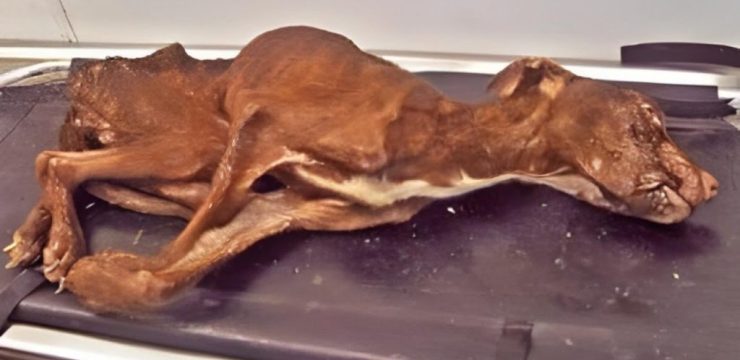In a stunning display of medical innovation, surgeons have successfully reconstructed 83% of a man’s skull using cutting-edge 3D printing and titanium implants. The groundbreaking procedure is being hailed as one of the most advanced cranial reconstructions ever performed, giving new hope to patients with severe head trauma.
The patient, whose name remains confidential for privacy, suffered a catastrophic skull injury in a traumatic accident. Traditional surgical methods couldn’t have offered the precision or structural support required for such extensive damage. But thanks to recent advancements in 3D printing technology, doctors were able to design and implant a custom-made titanium prosthetic that fit his skull with extraordinary accuracy.

To begin the process, medical professionals used high-resolution imaging scans to carefully map out the patient’s cranial structure. This data allowed them to digitally reconstruct the missing portions of his skull and create a perfectly tailored titanium framework. The implant was built layer by layer using 3D printing—a process that ensured maximum durability while maintaining a natural anatomical fit.
Once surgically implanted, the titanium piece not only restored the shape of the man’s head but also provided vital protection to his brain. Titanium has long been favored in the medical field for its strength, lightweight nature, and resistance to corrosion, making it an ideal material for implants. Combining these properties with the pinpoint precision of 3D printing made this once-impossible procedure a reality.
Medical experts are calling the surgery a major step forward in the world of reconstructive medicine. Beyond just its technical achievement, the operation showcases how personalized, tech-driven treatments are becoming the future of healthcare.
The patient’s recovery has been described as remarkable. Not only is he regaining physical mobility, but the emotional and psychological benefits have been equally profound. People who suffer major cranial injuries often deal with a deep impact on their self-image, mental health, and overall quality of life. In this case, the reconstruction didn’t just offer physical healing—it restored the man’s confidence and sense of self.
This success story underscores the powerful role technology plays in reshaping modern medicine. Over the last decade, 3D printing has transformed everything from prosthetics to organ research. What was once science fiction is now being used in operating rooms to deliver tailor-made solutions to complex medical problems.
Doctors and researchers believe this kind of procedure could become standard practice for patients suffering from extreme bone loss due to injury, cancer, or congenital defects. Compared to traditional surgical techniques, 3D-printed implants can lead to shorter recovery times, fewer complications, and far better aesthetic and functional outcomes.
What makes this case particularly inspiring is how it brings together technology, expertise, and human compassion. It’s a reminder that behind every medical breakthrough is a team of dedicated professionals striving not just to extend life—but to restore dignity and hope.
As more hospitals and surgeons adopt 3D printing into their medical toolkits, the possibilities continue to grow. From fully customized implants to life-saving organ scaffolds still in development, the future of medicine is being built—one printed layer at a time.





